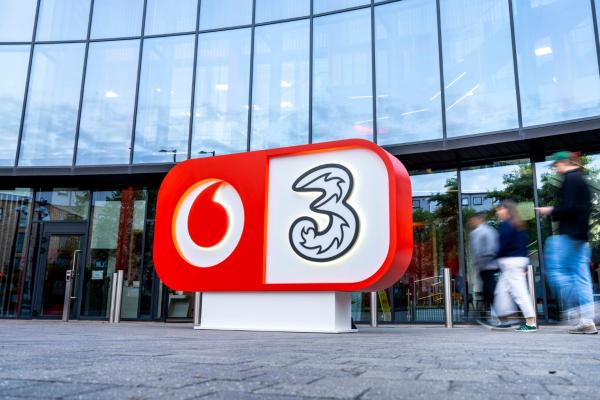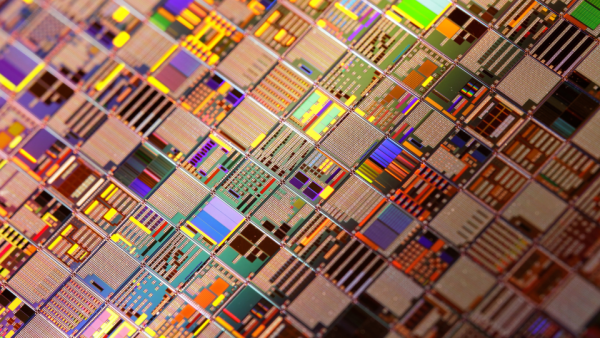
DSIT are pleased to announce the three winners of the Spectrum Sandbox competition. Each Sandbox project will test sharing of spectrum in Ofcom licensed Sandbox environments to indicate how regulation could be improved to maximise the use of this scarce resource and the benefits to the economy.
The Spectrum Sandbox seeks to further the aims set out in the Government’s Spectrum Statement and Ofcom’s Spectrum Roadmap and will allow industry to undertake:
- Practical measurements of real wireless networks and testing of new spectrum sharing solutions to establish opportunities for more intensive sharing without harmful interference.
- System simulations and modelling to extend the applicability of the measurements and other data sources to other sharing parameters and scenarios, larger-scale network scenarios and differing spectrum management techniques.
- Analysis of economic benefits and costs taking account of the learnings from practical measurements and simulations. A discussion of options for potential regulatory mechanisms and tools that maximise the benefits of shared and hybrid licencing approaches in a spectrum band.
The three sandboxes will be led by:
- Real Wireless
- University of Durham
- Queen Mary University of London
The notable bands being studied in one or more of the projects are:
Spectrum in the Upper 6 GHz band, which can be used for both mobile and Wi-Fi applications. The telecoms industry is very interested in how sharing of the band can be achieved to facilitate coexistence of both mobile and Wi-Fi.
Spectrum in the n77 band (3.8 to 4.2 GHz) is already available through local licences, where private network providers can apply to Ofcom for use on a first come first served basis; however, the allocation of these licences is slow, and the permitted power limits on radios are low, reducing their perceived usefulness in the market. The sandboxes will investigate how dynamic sharing of spectrum can allow for multiple users of the spectrum at different times or at different transmission power levels, depending on usage.








